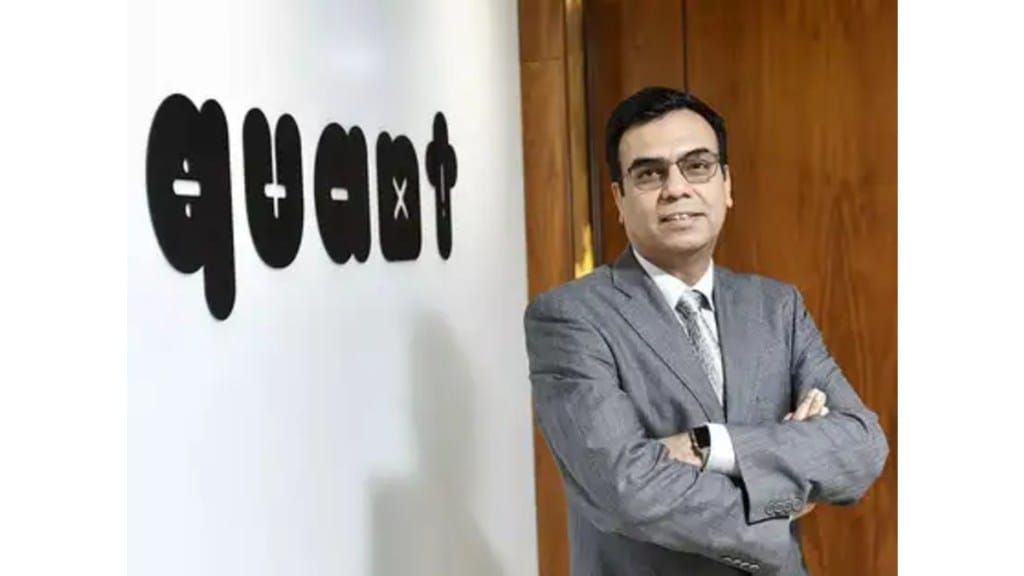Quant Mutual Fund is all set to make a first entry into the new-asset class Specialised Investment Fund allowed by Sebi. Founder & CIO Sandeep Tandon tells Ananya Grover that investors should not look at it in isolation but as a combination with other mutual funds. Excerpts:
How should an investor look at SIFs from a strategy point of view?
This product should not be looked at in isolation completely, but as a combination is a far superior product. Through SIFs, there is an additional facility of going short in the market. The moment you exercise this option, the net long exposure comes down to 50%, this is a very nice way of saying that, if you are bearish, first cut your longs, then short, effectively you are cutting down net short exposure, lot of people are worried, it’s not unlimited risk, it’s actually less risk. So, if your portfolio exposure after exercising this facility is actually net long is only 50%, effectively you have cut down your beta by 50%, okay, you are not cutting down every risk. It’s beta management. You are not controlling risk, but controlling one of the variables of the risk. We are taking a very bold view that it should be 50% of your portfolio in the long term because it will balance your portfolio, when markets underperform fund-managers don’t have a proper answer.
How will the returns be compared to the long only funds and CAT-III AIFs?
This product bought along with a mutual fund will bring down overall risk profiling as the volatility is reduced and there is better diversification, lesser drawdowns and you are getting option to generate additional alpha by shorting. We will be running this product through a concept of systematic active investing. Mutual fund is discretionary active, then you have passive investing, third terminology is in between which is known as systematic active investing means processes which put more restriction, more control. Once that has been reduced, by default return should be also affected. Here we look at risk on day-to-day basis and maybe minute-to-minute basis also where in normal scenario we look at the risk on monthly basis, quarterly board meetings etc.
There are two reasons why AIFs failed: the people who are managing traditionally came from long account with long bias, if you want to make absolute return then you have to look at the short term and medium duration thing product only, you can’t say I am going to buy 10 years paper, the tax efficiency was not there. Our view is that most of the AIF shops will be shut on the long short side after this product. Quant has its own proprietary knowledge called Quantamine. In raging bull run, on a relative basis, QSIF will underperform but in market correction, consolidation, all these phases, it will outperform.
What phase is market in at this point?
The easy phase of bull run is over, we are in a difficult phase of bull run, now you have to definitely segregate men from the boys. India is in a bull run shape because macro situation is very good. It is buy on dips but sometimes markets can consolidate for six quarters also. One year consolidation is largely getting over in September or may be October end, that does not mean the bull run is over. With GST reforms announced, the sector and stock rotation will continue but we are not in a panic mode. Nobody thought GST will be implemented in this 20 days’ time from announcement till completion of work. Consumption will get boost not from a one-month perspective.
Is there a dearth of talent available for SIFs?
The traditional money managers are not keen to run this product because they know this is not their cup of tea. Anything which is new takes time then people logically will come young people will come who understand this space. So, it always takes some time then if there is a demand automatically supply will come.

